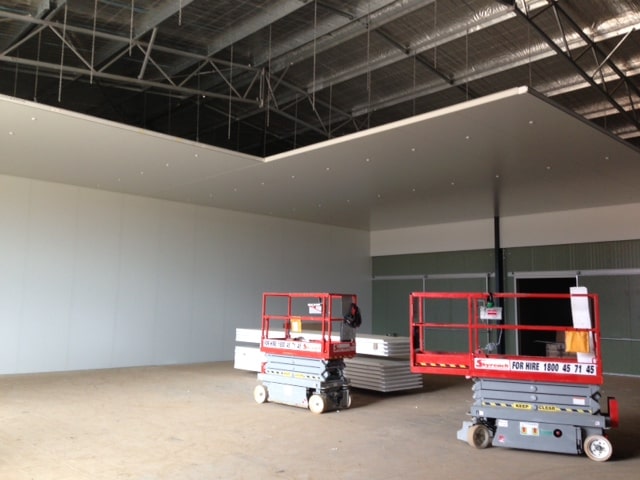Insulated wall panels are popular materials in constructing walls for commercial buildings and establishments. A few modern homes are also constructed using these materials. These panels are made of three layers – one rigid foam layer made from polystyrene insulating materials sandwiched between two external metal or concrete layers.
But have you ever wondered if these wall panels are indeed efficient in terms of structural performance, room insulation, and environmental impact? Let’s explore these aspects of insulated wall panels in this quick post.
Insulated Wall Panels Structural Efficiency
Many people cast doubts on the structural efficiency of sandwich wall panels. This is due to the belief that traditional construction of brick-and-mortar establishments are more structurally sound than mere wall panels.
However, insulated wall panels do offer a sound structure for both commercial and residential buildings. The panels can handle live loads up to 70 pounds per square foot. Meanwhile, they can also accommodate around 10 pounds per square foot of dead loads. Walls, roofs, and floors spanning up to 18 feet can be constructed with the panels alone; no need for additional support.
With all these specifications, sandwich wall panels are deemed to be more structurally efficient than surfaces made from typical wood framing.
Room Insulation Efficiency
In terms of room insulation, sandwich wall panels provide excellent efficiency. That’s because of the insulating core at the heart of every panel. Polystyrene, polyurethane, and polyisocyanurate materials often constitute a wall panel’s insulating core.
R-value is the unit used to measure the insulation a specific material can provide. Wall panels have different R-values depending on the materials inside their insulating core.
Expanded polystyrene panel (EPS) cores are the most common insulation materials used in sandwich panels. EPS cores offer an R-value of R-4 to R-5 per inch of panel thickness. The combined R-value for finished buildings with EPS cores can go as high as 13.8. Many standard buildings use EPS cores as they are cost-efficient as well.
On the other hand, panels with polyurethane or polyisocyanurate cores have higher R-values ranging from R-6 to R-7. As such, these panels are touted as the most reliable and efficient insulation for any type of commercial or residential structure.
Environmental Impact of Sandwich Wall Panels
Insulated wall panels provide a good impact on the environment in many ways:
Insulated wall panels conserve resources.
Using sandwich panels in construction is seen as a “dry” process. It doesn’t use as many materials and equipment compared to the “wet” process in traditional masonry. The usual way of building structures consists of using lots of water for mixing cement, for instance. In sandwich panel construction, these resources can be conserved. Also, since the construction process is faster for wall panels, a significant reduction in resource use is seen.
Some wall panels are constructed with eco-friendly cores.
Eco-friendly wall panels have cores made up of recycled waste agricultural straw. These materials are bound together to form a rigid core similar to that of polystyrene, polyisocyanurate, and polyurethane cores. The result is an eco-friendly panel that’s safe for the environment (although these panels may have less insulating power).
Wall panels keep buildings energy-efficient.
Constructing a building with sandwich wall panels raises its energy efficiency. That’s because the building gets proper insulation through the panels themselves. The result is an HVAC system that doesn’t require too much power to thermoregulate the building, conserving electricity in the long run.
Conclusion
Insulated wall panels are efficient construction materials in terms of structural integrity, insulating power, and environmental efficiency. Why not consider using them for your next building project and see the difference it’ll make for your structure, your pocket, and the environment.

